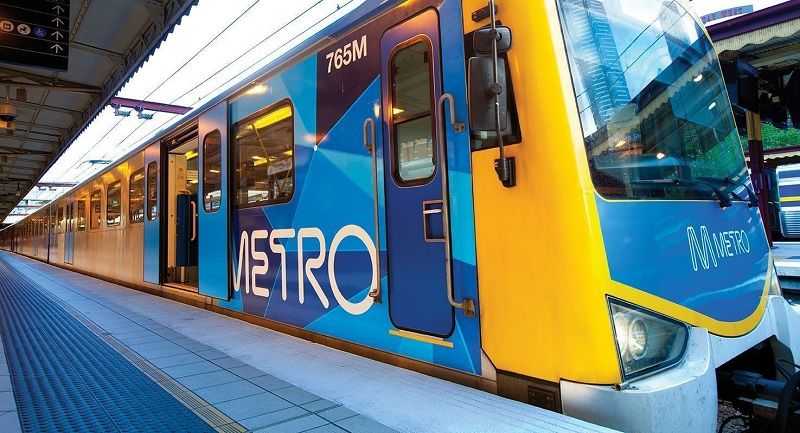According to government officials, both centre and state will share the cost of the project in the ratio of 50-50. Rest of the finance will be done via multilateral and bilateral funding agencies.
Brief about the Surat Metro Project
Covering a length of 40.35 Km, the two corridors will pass through some of the major areas of the city thereby easing traffic congestion on roads. It will also help in lowering the pollution level as well as traveling time within the city.
Corridor 1: The length of corridor-1 will be 21.61 km and will cover the area between Sarthana and Dream city. It will have 20 stations, of which 6.47 km will be underground and 15.14 km will be elevated. The metro station will be developed at Sarthana, Nature park, Kapodra, Labheshwar chowk area, Central Warehouse, Surat Railway station, Maskati hospital, Gandhi Baug, Majura Gate, Roopali canal, Dream city. Dream City will also facilitate maintenance work.
Corridor 2: With a total of 18 metro stations, this 18.74 km metro line will cover the areas between Bhesan and Saroli line. It will be a completely elevated route with metro stations at Bhesan, Ugat Vaarigruh, Palanpur road, LP Savani School, Adajan Gam, Aquarium, Majuragate, Kamela Darwaza, Magob and Saroli. Maintenance facilities will be provided at Bhesan Depot.
The state government is also planning to develop Multimodal Integration between various stations. These stations will also be linked via feeder buses, Intermediate Public Transport (IPT) and Non-Motorized Transport (NMT).
Impact of Real Estate Market
Once the metro will become operational, the property prices in the surrounding and adjacent areas will definitely be going to witness a boost. Apart from this, there will be also residential, commercial and infrastructural development proposed in these areas which will eventually attract home buyers and property buyers to invest in the respective areas.






























